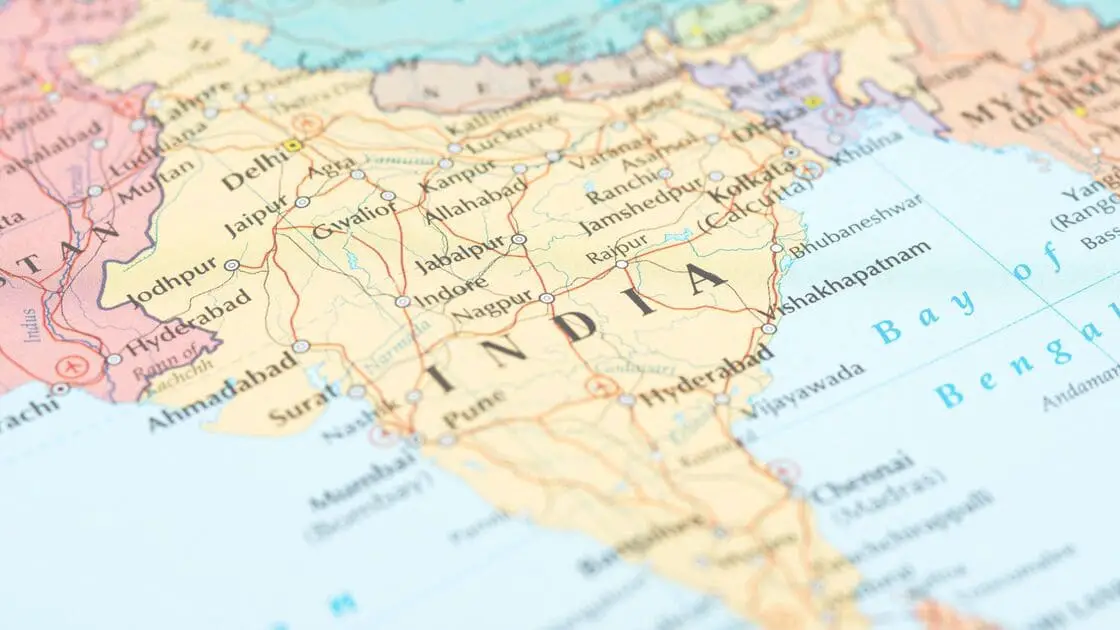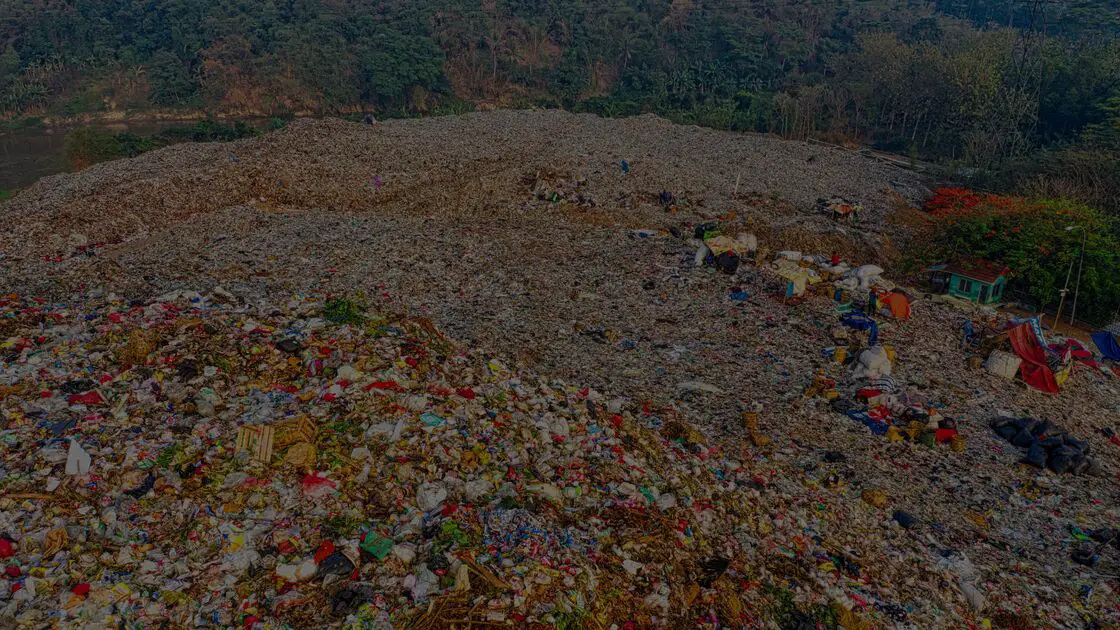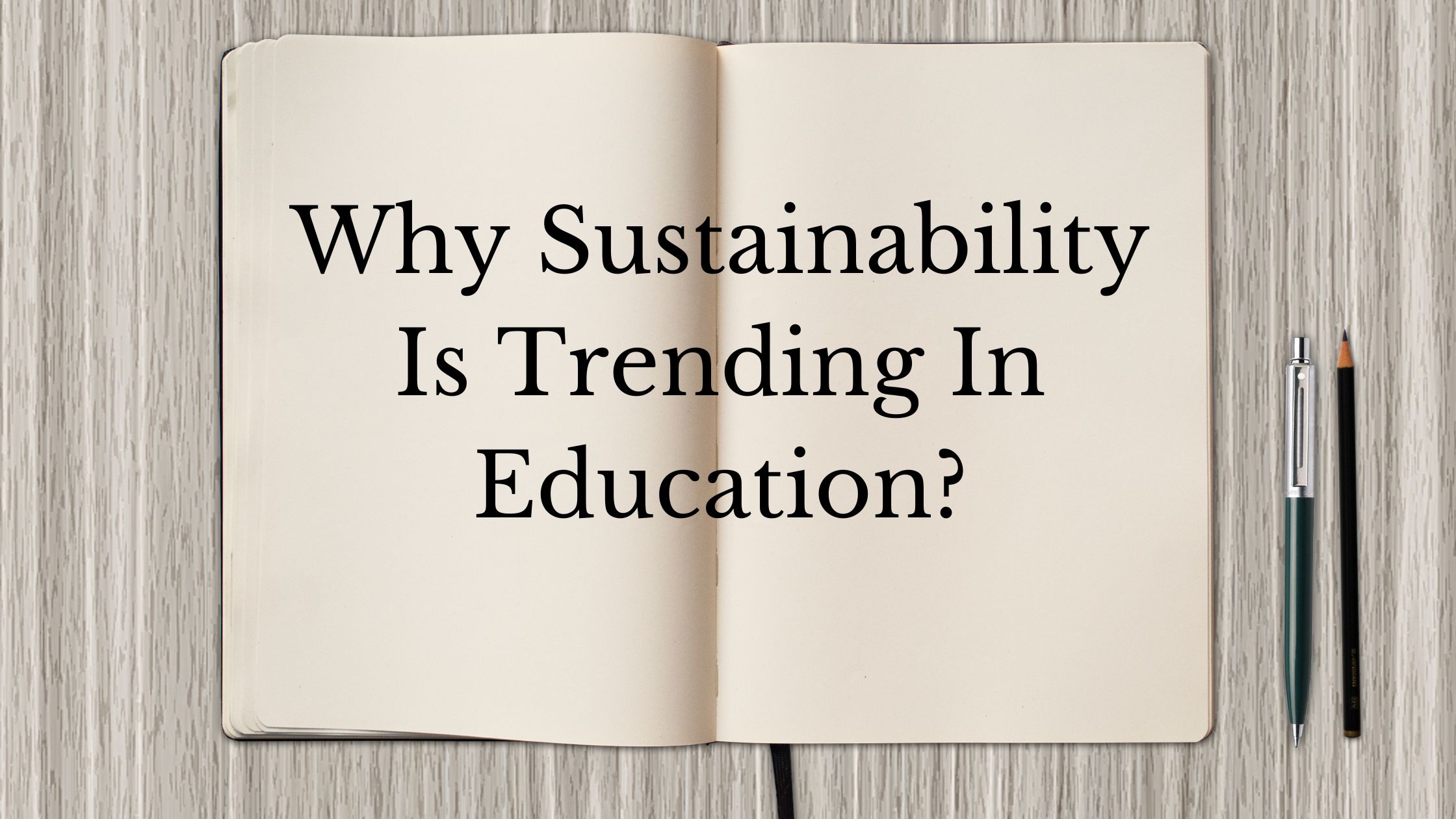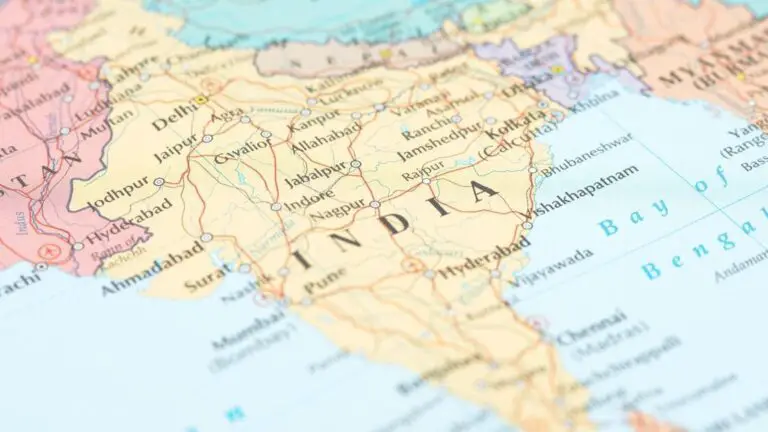What is an Environmental Management System (EMS)? An Environmental Management System is a system that organizations use to diminish the risks produced by a company that will harm the environment. Let us break down this term in this post and related terms about EMS.
you will get a detailed description of all topics
Firstly, let us try to understand what the environment is? An environment is the surrounding where all biotic (living) and abiotic (non-living) lives together. Biotic means human beings, plants, animals, & Abiotic means land, water, air, sunlight, rocks, etc.
What is an Environmental management system?
A management system means a group of elements that come together and interact to organize and maintain a sequence in a mechanism. They depend on each other to work and survive.
So, if we club both the terms, we develop a single term, environmental management system. It is the interaction of all the biotic and abiotic components to form a system. They work together and depend on each other for their survival.
Features of Environmental System
The environmental system consists of various elements. The interaction of all these leads to the formation of a whole ecological system. They are all mutually dependent on each other for survival.
Complex interactions
As we discussed above, the environmental system consists of various elements. All these elements interact with each other. Let us take a small example of how they interact.
We all know the water cycle. The ocean water vaporizes with the help of sunlight. Then it goes up and condenses to form the cloud. Then it comes down in the form of rain.
With the help of this rain, sunlight, and air, plants then photosynthesize to prepare food. , Animals then eat it, and this ecosystem goes on.
So like this, there are many ways in which the environmental elements interact and form a complex chain.
Difficult to study
There are many species forming chains in many ways. It makes it difficult to study them. Also, as time pass, new species come into existence and become part of those chains. Hence, classifying them and studying their behaviour takes time.
Unknown species and interactions
The researchers have found many species and their classes. But there are still many which are unknown to us. For example, many marine animals live deep inside the ocean.
It is challenging to go that deep. Also, oceans are so vast that we neither know their limit nor how many more new species live far in the widespread ocean.
Also Read: Sustainable Living: 6 Helpful Tips To Live A Sustainable Life
Types of Environmental System
The environmental system can be classified into three main categories.
Hydrological System
This environmental system consists of various other small systems. They are not independent of each other. They work mutually to work this hydrological system as a whole.
- Surface System– It refers to all the water sources found on the surface of the earth. Some examples of these sources are rivers, ponds, lakes, etc.
Its availability depends on the amount of rainfall, streamflow, etc. The surface system is the water source for humans, plants, and animals for the plants’ irrigation and preparation of food.
- Sub-surface System–Groundwater system is known as a sub-surface system. The water falling in the form of rain and flowing from the surface system gets down the ground, giving rise to the water table.
Groundwater quality and quantity affect plants, humans, and animals. If it is too salty and rises to the surface system, it also affects the land and water quality for irrigation.
- Coastal System– It refers to the oceans and seawater and the ecological system it forms. The water running from the sources of the surface system and the sub-surface system meets the coastal system.
The ocean consists of marine bodies and beaches. So the level of the tide rising from it also affects these marine animals and the coastal regions near it.
Ecological System
This environmental system consists of 2 systems:
- Agricultural Systems– We all depend on this system, be it animals or humans. If any change happens in this system, it affects all the ecological systems depending on it.
For example, if any plant species go extinct or new species come into existence, the ecological chain gets affected. Some might die due to the change chain.
- Wildlife Systems– There is a chain of ecology that we all follow. All species depend on each other for survival.
If the chain breaks, then the whole ecological system suffers. Below is an example that shows the dependency of the species and how this wildlife system works.
Climatic System
The third environmental system is a climatic system. Every region has its type of climate. Also, all the species in those regions are adept at it. Any change in the climate can affect the survival of the living organisms there. Climate change can happen on three different levels.
- Ocean– Oceans, and seas have a particular temperature inside. It supports the aquatic plants and animals living in it. Any climatic change will affect the lives of living organisms.
- Atmosphere and Land– We all know the temperature and climate of the atmosphere. Any change in the oxygen level or constituent of the air component will cause the lives of living beings.
Different Environmental System Problems
Today our environment is suffering from various problems. Some of the issues have increased to such a level that it will be very difficult for us to control them if we do not take any steps right now.
Let us look at some of the problems in detail.
Also Read: What Does Eco-Friendly Mean? Essentiality Of Eco-Friendly
Pollution
It is one of the most crucial environmental system problems we need to worry about, but we can easily escape from that by understanding the importance of environmental protection.
There are various types of pollutions:
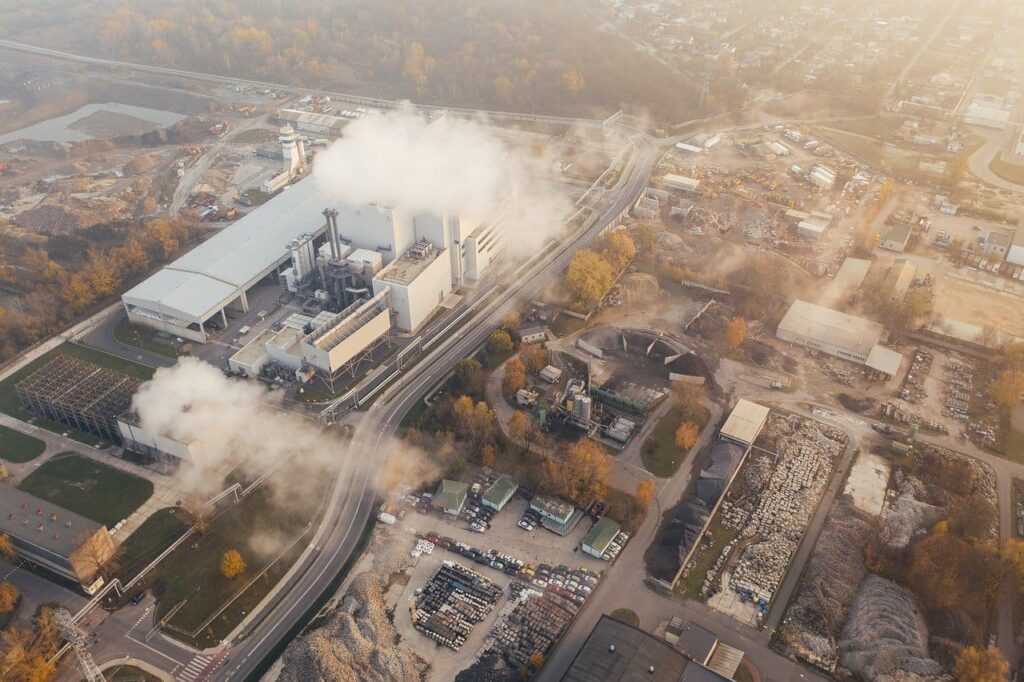
- Air Pollution– Due to our various activities we are contributing a lot to air pollution. Some of the activities are:
- Use of personal vehicle to travel everywhere.
- Burning of plastics and firecrackers.
- Machines used in manufacturing and factories.
- Using sources of non-renewable energy like coal
- Water Pollution– Polluting the water resources is on the high rise. These are affecting the water bodies living in it. Pollution stops the oxygen supply in the water and hence causes the death of water bodies. Some of the sources of water pollution are:
- Throwing of plastic
- Harmful chemicals released by factories
- Realising of worm water by many manufacturing units
- Washing vehicles and cloths in water bodies
- Land pollution– Land pollution harms agricultural plants and trees. It stops their growth and may even cause their death due to a lack of nutrients and minerals. it also pollutes the groundwater Some of the sources of land pollution are:
- Throwing plastic wastes on land
- Overcrowded landfill
- Releasing nuclear wastes
- Mining activities
- Noise Pollution– Loud sounds are what we call noise pollution. This caused a lot of health problems for the citizens living in the area. Some might have heart problems, hearing problems, etc. Some of the sources of noise pollution are:
- Horning of the vehicle continuously and unnecessarily.
- Setting up factories near the cities.
- Use of loud sound generating machines in the manufacturing units.
Deforestation
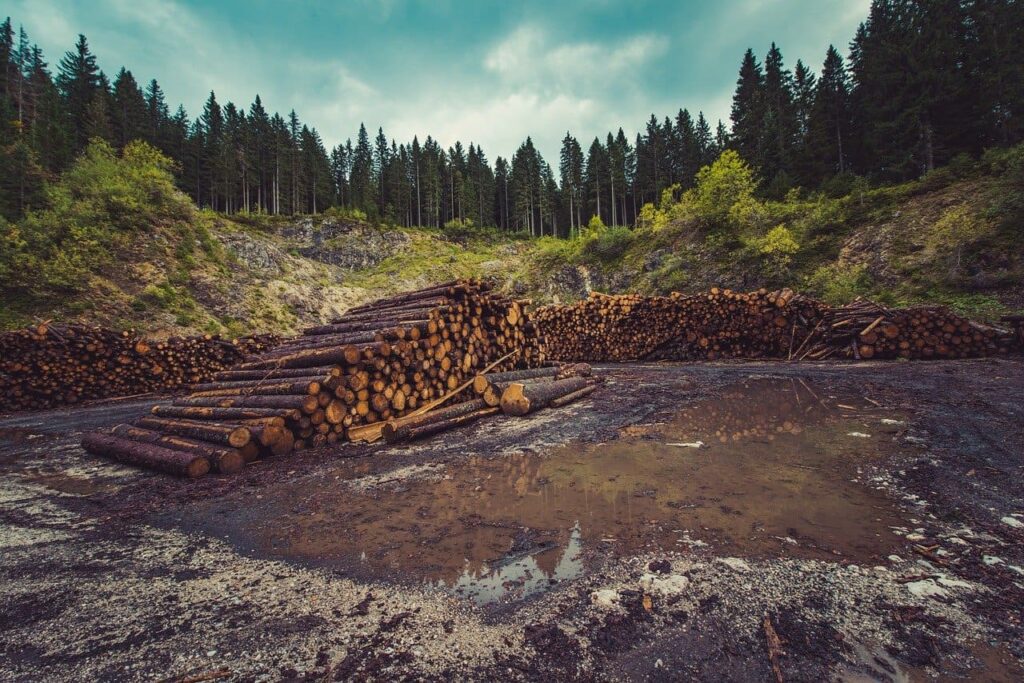
It means cutting off the trees. Today we are cutting trees in a large number to fulfill our daily needs. To make houses, different items, papers, etc., trees get utilized. Due to this, forests are also depleting day by day.
Species Extinction
Due to human’s harmful activities, species are getting extinct. For example, throwing waste in water bodies can pile up on the surface and block oxygen for the water bodies living there. This leads to their death.
Similarly, many such examples are there that cost the lives of species. Not only the lives of animals but even the plants and trees are going extinct. Even hunting is also one of the significant causes of species extinction.
Overpopulation
How can we ignore this environmental system problem! India is the second-largest populated country after China. It is increasing at a very high rate.
There were many attempts to bring a policy related to population control by the government. But none of them succeeded. It is time to think about it because the resources are limited and the consumption is very high.
Global Warming
One of the top environmental system problems is global warming. Due to certain human activities, we are hampering our environment and the climate.
This leads to an increase in the temperature. Today, glaciers are melting; unseasonal weather occurs, species are dying, all because of global warming.
Natural Resource Depletion
We have minimal resources on our Earth. But its consumption is at a very high rate.
One major problem is that we keep on utilizing but never replenish it, nor do we go for the alternative resource. Due to this, our natural resources are getting depleted very fast.
If we want, we can save the environmental system by doing certain things. There are several ways to save the environment and build a better future for humanity. Let us see some of the things that we can follow responsibly.
Conclusion
We saw what an environmental system is and how it works. Also, we learned how many types of ecological systems are there. By now, we have understood that all the species present on this Earth are dependent on each other for survival.
If, due to any activity, the chain breaks, the whole ecological system suffers. Hence, we should be aware of the problems our environment is facing and the harm we are causing. Then only can we take out the solutions for it and install them to save our environmental system.
Frequently Asked Questions
Q1. What are the types of the environmental management system?
There are several kinds of Environmental Management System such as:
ISO 14001
EMAS (Eco-Management and Audit Scheme).
ISO 14005
BS 8555
Q2. What is the environmental management system ISO 14001?
ISO 14001 is the Internationally acknowledged standard for EMS. Holding ISO 14001 may give consumers or suppliers an efficient assurance that people are handling their responsibilities of the environment. Also, it offers a framework that management may follow rather than generating requirements for environmental performance.
Q3. What is the main purpose of an EMS?
All businesses must have an Environmental Management System that reflects the legislations and regulations applicable to their particular organization. An EMS handles environmental problems by implementing policies with clear targets and objectives of the environment and planning strategies to make sure that the business conforms to the laws.
Q4. What are the 5 major environmental problems?
1. Polllution (water, air, and land pollution)
2. Climate change
3. Deforestation
4. Biodiversity and Overpopulation
5. Global warming
Q5. What are the benefits of environmental management?
EMS helps to save the businesses by increasing profitability, providing better sales opportunities.
An also, EMS helps to reduce waste from the companies. A superior EMS may control the energy consumption and handling of waste and use of natural resources.
Q6. Why do we need environmental planning?
Environmental planning is estimating how political, social, and economic factors affect the natural environment. The main objective of this planning is to come with a win to win condition for the community and environment.
Q7. What is an example of environmental policy?
Environment policy may conclude policies and legislation addressing air and water pollution, oil and chemical spills, drinking water quality, smog, land management, conservation, etc.
More Articles:


